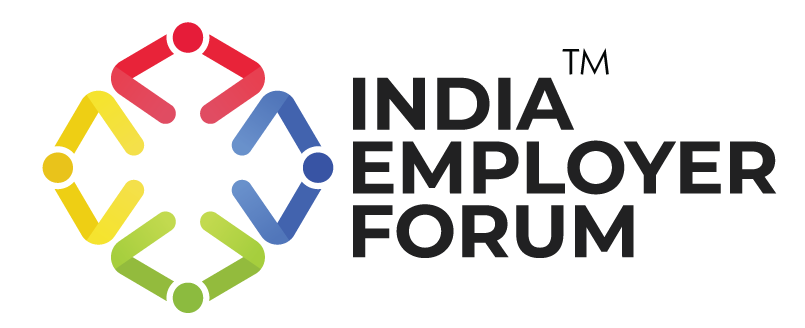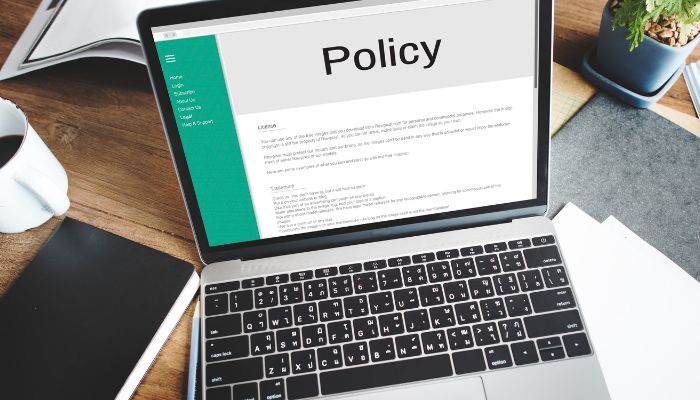Employees are often regarded as the “flag-bearers” or “ambassadors” of an organization, playing a pivotal role in representing its values, culture, and overall brand image. As such, employees are expected to adhere to a standard of conduct that reflects the organization’s ethical framework and mission. When behavior deviates from these expectations, it is imperative for the organization to take appropriate corrective measures. These measures are typically outlined in a company’s disciplinary action policies, which serve as a framework for addressing conduct that may harm the organization’s reputation or disrupt its operations.
In situations where an employee actively engages in behavior that undermines the organization’s integrity or engages in unethical practices, it becomes essential for management, human resources (HR), and leadership to implement corrective actions. These actions can range from informal interventions to more severe consequences, depending on the nature of the misconduct. The primary objective of disciplinary action is to address issues promptly, providing employees with an opportunity to rectify their behavior while also documenting the issue for future reference.
The severity of disciplinary actions typically varies depending on the infraction, ranging from minor reprimands to more serious penalties. The approach can also differ across organizations based on their specific policies, values, and available resources.
Common Offenses That Warrant Employee Disciplinary Action
- General and Gross Misconduct
General misconduct includes behaviors that may not necessarily have malicious intent but still deviate from acceptable standards. An example of this is failure to adhere to a dress code, such as wearing inappropriate footwear (e.g., flip-flops) to work. While such offenses are typically not grounds for immediate termination, they require attention to maintain workplace decorum.
Gross misconduct, however, represents serious violations that could significantly harm the organization’s integrity. These behaviors typically include theft, fraud, moonlighting, or sexual harassment. Such offenses may result in immediate termination, a final warning, or other severe employee disciplinary actions. - Harassment
Any form of harassment—whether sexual harassment, bullying, mental manipulation, or blackmail—constitutes serious misconduct that demands immediate intervention. These actions create a hostile work environment and can have long-term psychological effects on employees. Strict disciplinary measures, including final warnings or termination, are essential in such cases. Organizations are increasingly adopting comprehensive harassment prevention policies in line with legal and ethical standards, including compliance with the #MeToo movement and other global initiatives to foster safe workspaces.
The “Ethics at Work 2024” based on a comprehensive survey conducted by the Institute of Business Ethics (IBE) in collaboration with the Compliance Institute covering over 12,000 employees across 16 countries revealed that 25% of employees (18% in 2021) were aware of unethical behavior or misconduct occurring in their workplace in 2024. However, 34% of employees did not report these incidents, either because they felt it would be ineffective or feared career repercussions. This highlights the need for organizations to create a safe space for reporting harassment and misconduct and to take swift action when such issues arise. - Job Performance
Employee Disciplinary action can also be triggered by a lack of job performance. Employees who fail to meet the basic requirements of their role—whether due to incompetence, neglect, or failure to complete tasks—may require intervention. HR professionals and managers should first assess the root causes of performance issues. If the reasons are found to be unsubstantiated, corrective action, such as performance improvement plans (PIPs) or other measures, may be necessary. - Absenteeism and Tardiness
Chronic absenteeism and tardiness disrupt workplace efficiency. Organizations typically expect employees to adhere to a consistent work schedule, with most operating on a standard five-day workweek. Failure to adhere to attendance policies, especially without legitimate justification, warrants disciplinary action. In recent times, many companies have adopted more flexible work arrangements, yet the expectation of punctuality and accountability remains essential for maintaining productivity. - Discrimination
Discrimination in the workplace—whether based on gender, race, age, sexual orientation, or other protected characteristics—is a critical issue that must be addressed through clear, enforced policies. Discriminatory actions, whether overt or subtle, can create an exclusionary culture, undermining employee morale and potentially leading to legal consequences. A formal non-discrimination policy, along with ongoing employee education, is essential in fostering a fair and inclusive workplace environment.
A key point of concern for companies is that 8,468 employee grievances were reported in 2024 across BSE50 companies, marking a 29% increase from the previous year. This highlights the growing importance of maintaining a robust framework for addressing grievances, ensuring employees have a clear channel to report discriminatory behavior and other issues.
Types of Employee Disciplinary Action
- Suspension
Suspension involves a temporary removal of an employee from their job, often with or without pay, to give the organization time to investigate the alleged misconduct. This measure serves both as a corrective action and as a preventative measure to protect the workplace environment during the investigation process. - Temporary Loss of Pay
Some organizations may impose a temporary salary deduction as a form of penalty, particularly for violations that do not warrant immediate termination but still require accountability. - Verbal Warning
A verbal warning is often the first step in addressing minor misconduct. This informal intervention allows managers to communicate the concern to the employee and encourage corrective behavior before further action is taken. - Written Warning
A formal written warning is issued when an employee’s behavior or performance does not improve after a verbal warning. This documented step provides a clear record of the infraction and outlines the potential consequences of continued poor behavior. - Termination of Employment
In cases of severe or repeated misconduct, termination may be necessary. This is the most extreme form of disciplinary action and is typically implemented when all other corrective measures have been exhausted or when the behavior poses an immediate risk to the company. - Demotion
In some cases, an employee may be demoted to a lower position with reduced responsibilities. This measure is usually implemented when an employee’s behavior or performance no longer aligns with the expectations of their current role but may still be deemed valuable in a more suitable position. - Restricted Privileges
Employees may also face restrictions on certain privileges, such as access to resources, promotions, or participation in high-profile projects, as a form of disciplinary action.
The Importance of a Well-Defined Disciplinary Process
An effective disciplinary process is critical to maintaining organizational integrity and employee trust. Companies must ensure that employee disciplinary actions are not only consistent but also transparent. This includes having a clearly documented process that outlines the steps for addressing misconduct and performance issues.
Before implementing any disciplinary measures, a thorough investigation should be conducted to understand the situation fully. It’s essential for managers to communicate the organization’s disciplinary policies clearly and train them to handle such matters with fairness, professionalism, and sensitivity. By fostering a culture of respect, accountability, and open communication, organizations can mitigate potential risks associated with workplace misconduct and ensure a productive work environment.
Recent research underscores the importance of clear and transparent disciplinary policies. For instance, a 2019 study by the University of Massachusetts Amherst indicated that unresolved conflicts lead to a 25% drop in employee morale, which directly correlates with increased turnover. Conversely, a 2020 report by the Institute for Corporate Productivity (i4cp) highlighted that organizations with strong conflict-resolution skills are 50% more likely to report higher employee loyalty. These findings suggest that companies with well-defined disciplinary frameworks can significantly enhance employee retention and reduce workplace conflicts. Furthermore, organizations prioritizing clear and fair disciplinary practices are more likely to experience improved employee engagement.
In light of evolving workplace dynamics, including remote work trends and heightened emphasis on employee wellbeing, it is crucial for companies to stay up to date with contemporary best practices in employee conduct management. Adopting a proactive approach, combined with continuous feedback and development opportunities, can prevent many issues before they escalate, fostering a healthier organizational culture.






